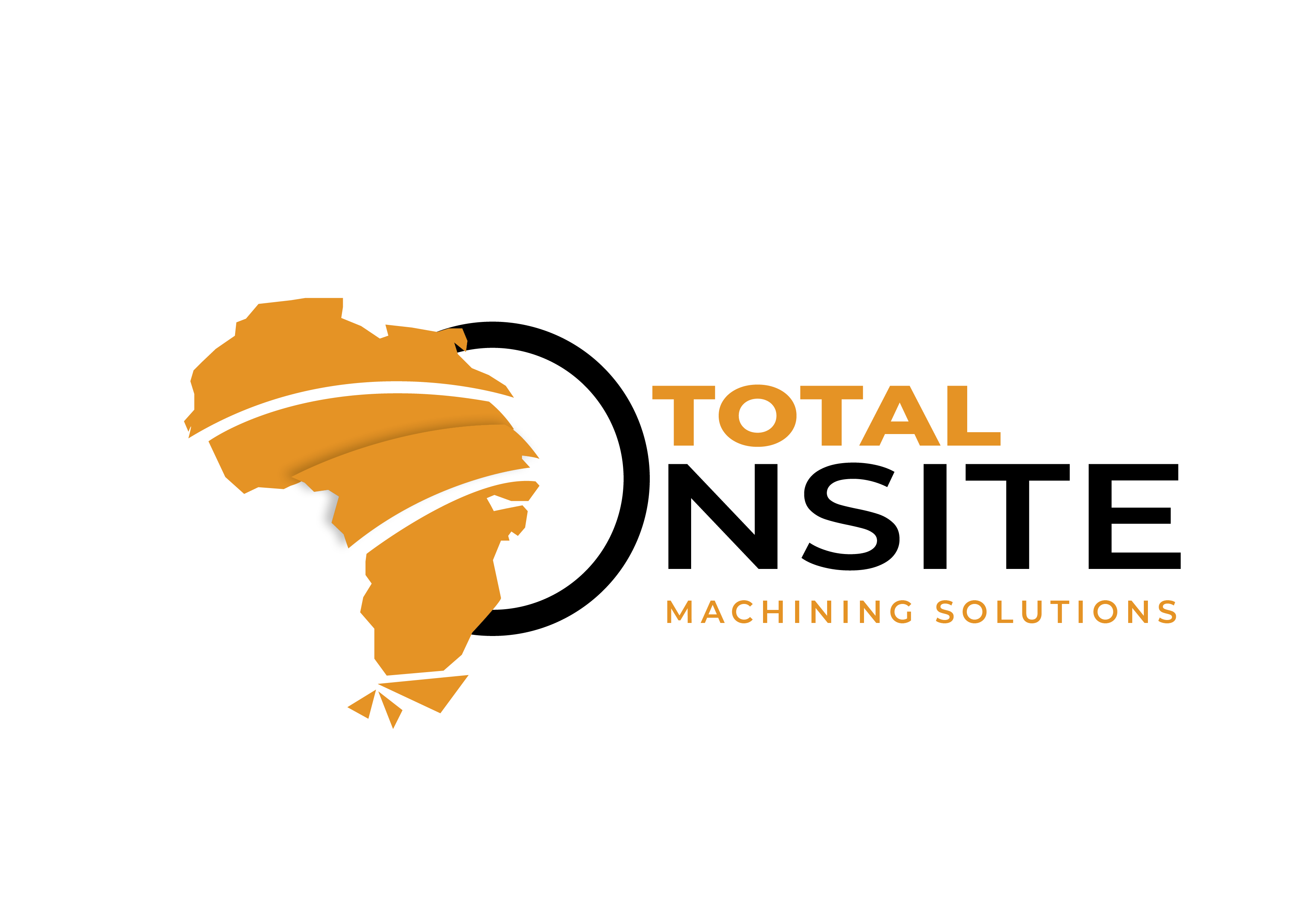The term on-site machining (OSM) refers to machining performed at the location where the breakdown or maintenance occurred. This process speaks to the operating philosophy of machining within dedicated work areas instead of components being transported to remote workshops for refurbishment. The on-site machining process possesses the merit of being fast, cost-effective, and reducing downtime.
Despite the enormous advantages over traditional workshop floor machining for maintenance and repairs, little is known about OSM in Africa and most developing countries, although this field of machining has been around for decades. Early inventions can be seen on patents, such as the portable milling machine dating back to 1970 by the National Aeronautics and Space Administration (NASA).
Convenience
The patent related to milling tube or pipe ends to a shape that the machine operator desires. The invention introduced the portable milling machine for tube ends that were out of round shape instead of the typical approach of using tracks secured to the outside diameter of the pipe. In such a case, the portable milling machine brings the convenience of machining non-standard-shaped components within the dedicated plant location.
The requirements for machining on-site vary across industries, such as power generation, oil and gas, petrochemical plants, mining, earthmoving and construction, manufacturing, ship building and repair, forestry, pulp and paper, and water utilities. The requirements for machining on-site are largely due to components that rotate, requiring maintenance and repairs due to wear and tear. The scope is limited to the challenges of rotating parts and overall components that require surface restoration or, in some cases, bolts or studs that have seized on removal. Possible multiple applications have not yet been explored, and as such, advancements in the design of portable machine tools have seen improvements, but with room for more work to be done in the advancement of the field.
Upgrades
The initial machine designs in on-site machining, which are still largely in use, are based on the upgrade of conventional machines such as centre lathe, milling machine, drilling machine, surface grinder, horizontal boring mill etc, located within most machine shops. Thus a conventional centre lathe utilized within a machine shop would have a portable version but one that would be mounted on a shaft in situ for machining. Most portable machine tools in current use are based on this principle.
The application of OSM has numerous advantages for clients, especially during outages or shutdowns. Where components need to be stripped down for maintenance and repair purposes, the transportation of components to remote workshops is often required for machining applications depending on the condition of the component. In other instances, components cannot be removed from the site, which presents a challenge where machining is required. The transportation of components has its disadvantages as most of the components are often large and require abnormal transportation. In addition, the energy utilized to transport such large components adds carbon emissions to the environment, compounding the disadvantages of machining off site.
In position
Portable machine tools are usually transported by vehicle, such as a single or double cab vehicle. The machines are normally electric, hydraulic, or pneumatically powered, and they would be connected within most power plants or areas where the components are located. The component is machined in position eliminating the need for a complete strip down, where applicable. A complete strip-down of the component lends itself to scope creep, as some parts require additional work.
Downtime through OSM is reduced to a minimum as some machining can be carried out during a shift with minimum interruption to the plant operation. The result to the client is a saving in time and money as opposed to the costs associated with a complete strip-down for maintenance, repairs and work carried out off-site. In addition, the client witnessing the work being carried out in situ removes the possibility of unknowns resulting from work conducted off-site.
https://www.saimeche.org.za/blogpost/604970/450906/On-site-Machining
